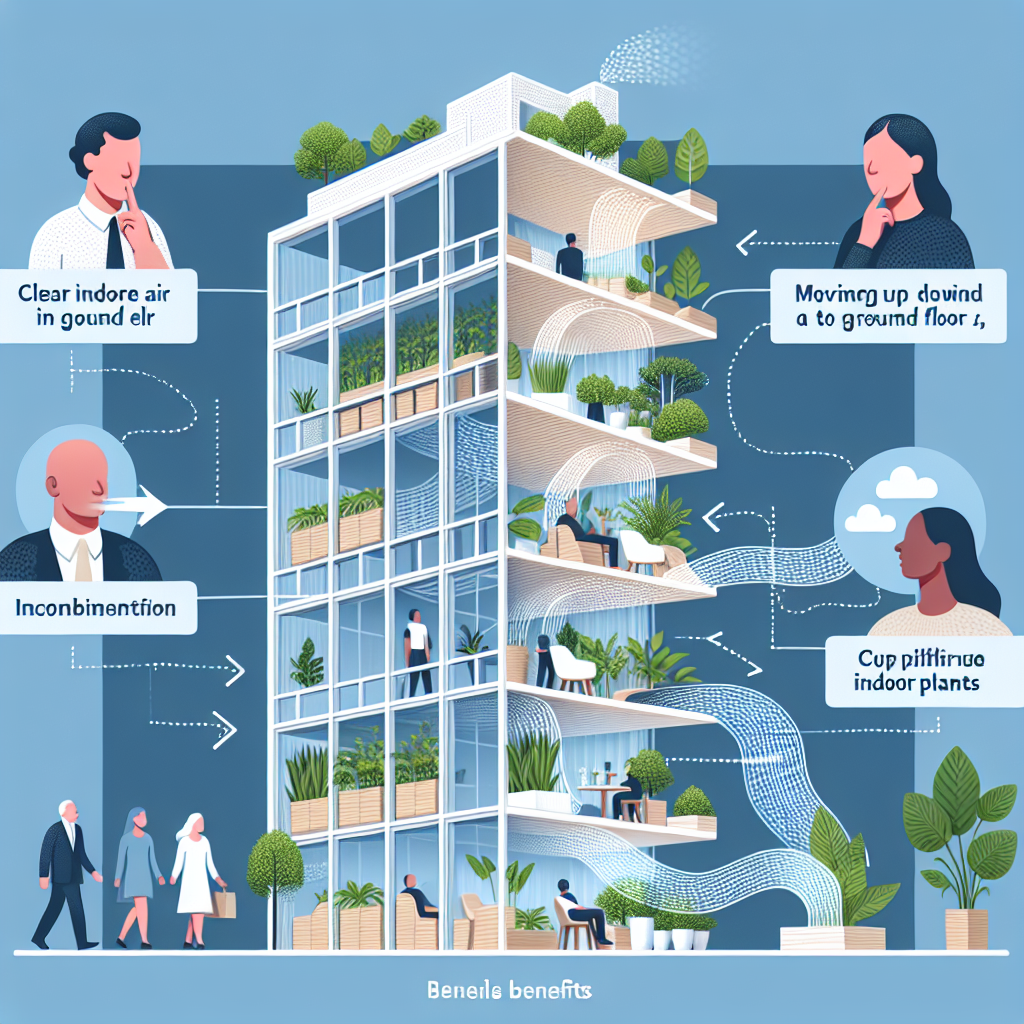Your cart is currently empty!
Tag: Buildings

The Benefits of Natural Ventilation in Buildings
Natural ventilation is a sustainable and cost-effective way to keep buildings comfortable and healthy. It involves using natural means, such as windows, doors, and vents, to circulate air and regulate temperature inside a building. This method not only saves energy and reduces carbon emissions but also offers a range of benefits for both occupants and the environment.One of the main advantages of natural ventilation is its ability to improve indoor air quality. By allowing fresh air to flow through a building, natural ventilation helps remove pollutants, odors, and moisture that can build up indoors. This can reduce the risk of respiratory problems, allergies, and other health issues associated with poor indoor air quality.
Another benefit of natural ventilation is its ability to regulate indoor temperature. By opening windows and vents strategically, building occupants can control the amount of fresh air and sunlight entering a space, which can help maintain a comfortable temperature without the need for artificial heating or cooling. This can result in significant energy savings and lower utility bills.
Natural ventilation also promotes a connection to the outdoors, which can have a positive impact on overall well-being. Studies have shown that exposure to natural light and fresh air can boost mood, productivity, and creativity, as well as reduce stress and fatigue. By incorporating natural ventilation into building design, architects and designers can create spaces that are not only comfortable and healthy but also conducive to a sense of well-being.
Furthermore, natural ventilation is a sustainable solution that helps reduce the environmental impact of buildings. By relying on natural airflow and sunlight instead of mechanical systems, natural ventilation can significantly reduce energy consumption and greenhouse gas emissions. This can contribute to a healthier planet and a more sustainable future for generations to come.
In conclusion, natural ventilation offers a wide range of benefits for buildings, occupants, and the environment. By promoting better indoor air quality, regulating temperature, and enhancing well-being, natural ventilation can create healthier, more comfortable, and more sustainable living and working spaces. As awareness of the importance of sustainable design grows, natural ventilation is becoming an increasingly popular choice for architects, designers, and building owners looking to create spaces that are not only beautiful and functional but also environmentally friendly.
